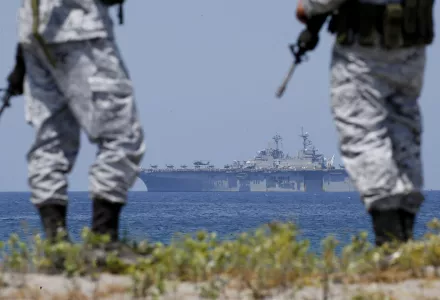International Security is America's leading peer-reviewed journal of security affairs.

Summary
In its maritime territorial disputes in the South China Sea, China engaged in military coercion in the 1990s. From 2000 to 2006, it refrained from taking coercive action. Since 2007, China has relied largely on nonmilitarized coercion. Contrary to the conventional wisdom, China is a cautious bully. Decisionmakers in Beijing seek to balance between the need to establish resolve and the economic cost of coercion. A new database on China’s coercive behavior and a study of the 2012 Scarborough Shoal incident involving China and the Philippines lend support to this finding.
Ketian Zhang, “Cautious Bully: Reputation, Resolve, and Beijing's Use of Coercion in the South China Sea,” International Security, Vol. 44, No. 1 (Summer 2019), pp. 117–159, doi.org/10.1162/ISEC_a_00354.
The full text of this publication is available in the link below.





